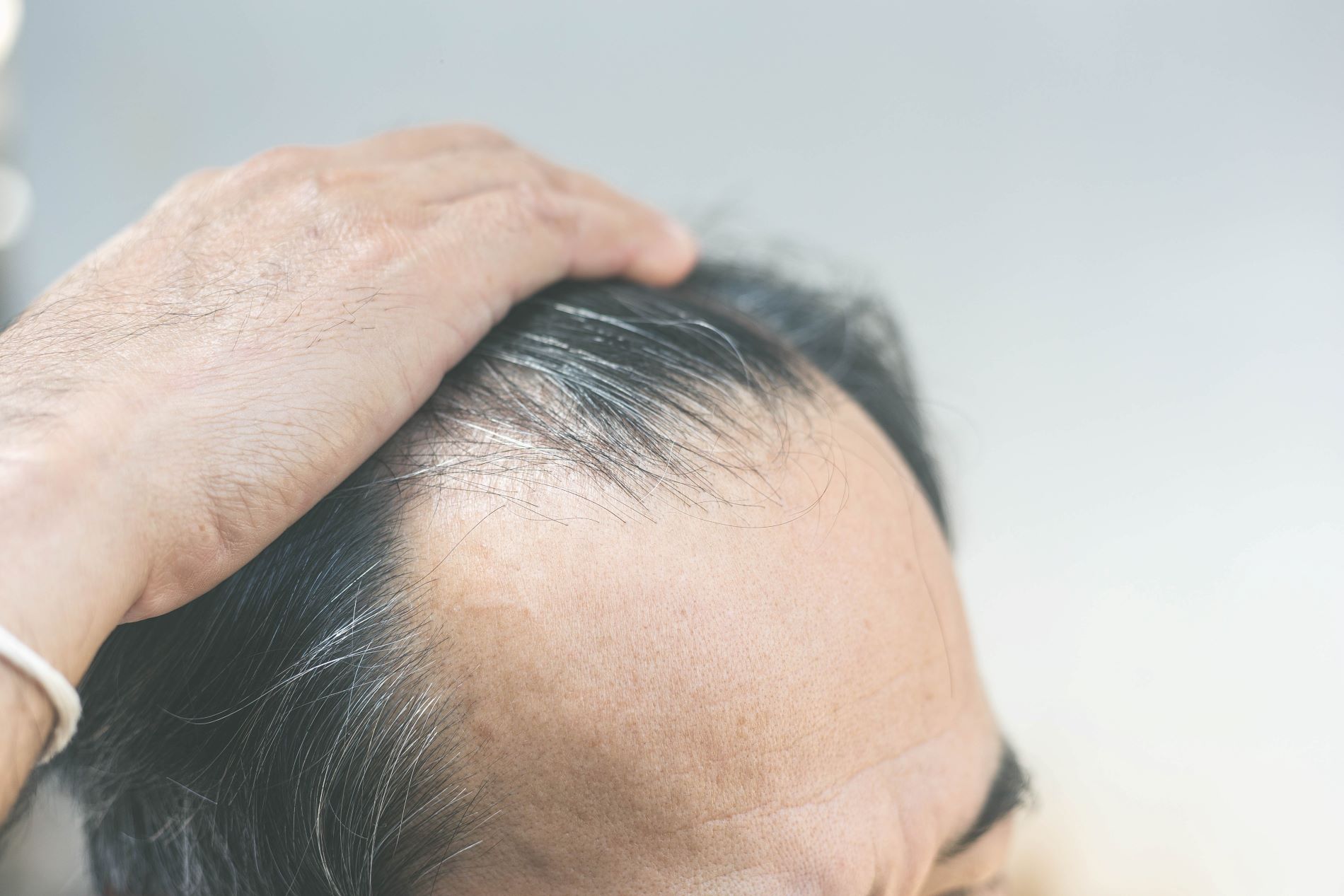Hair Loss Solution: FUE Hair Transplants

Hair loss is a common concern that affects both men and women, often leading to a decline in self-esteem and confidence. While there are numerous methods available to address this issue, one of the most effective and advanced solutions is Follicular Unit Extraction (FUE) hair transplant. This technique has gained prominence for its minimally invasive approach and remarkable results. In this article, we'll explore how FUE hair transplants work, their benefits, and why they are considered a top choice for hair restoration.
What is FUE Hair Transplant?
FUE Hair Transplants In Dubai is a modern surgical technique designed to treat hair loss by redistributing healthy hair follicles from one part of the body to another. Unlike traditional hair restoration methods that involve removing large strips of scalp, FUE involves the individual extraction of hair follicles. These follicles are then transplanted into areas of thinning or baldness.
During the FUE procedure, a small, specialized instrument is used to extract hair follicles from the donor site, which is typically the back or sides of the scalp. This extraction is done with precision to ensure minimal damage to the surrounding tissue. The extracted follicles are then carefully prepared and implanted into the thinning areas, where they will continue to grow naturally.
Advantages of FUE Hair Transplants
1. Minimally Invasive
One of the primary advantages of FUE hair transplants is their minimally invasive nature. Unlike traditional methods, which require larger incisions and may leave noticeable scars, FUE involves tiny puncture wounds that heal quickly. This results in less postoperative discomfort and a faster recovery time.
2. Natural-Looking Results
FUE hair transplants are known for their natural-looking results. The technique allows for precise placement of hair follicles, ensuring that the transplanted hair grows in a natural direction and density. This attention to detail helps achieve a more realistic and aesthetically pleasing outcome.
3. No Linear Scarring
Traditional hair transplant methods often leave a linear scar at the donor site, which can be visible if the hair is cut short. In contrast, FUE hair transplants do not leave a linear scar, as the extraction sites are small and scattered. This makes it easier for individuals to wear shorter hairstyles without concerns about visible scarring.
4. Faster Recovery Time
Patients undergoing FUE hair transplants typically experience a quicker recovery compared to traditional methods. The minimally invasive nature of the procedure means that there is less trauma to the scalp, leading to faster healing and less downtime. Most individuals can resume their regular activities within a few days to a week.
5. Precision and Customization
FUE allows for a high degree of precision and customization in the hair restoration process. Surgeons can carefully select and transplant individual hair follicles to achieve the desired density and coverage. This level of control ensures that the results are tailored to the specific needs and preferences of each patient.
The FUE Procedure
1. Consultation and Planning
The first step in the FUE hair transplant process is a consultation with a qualified hair restoration specialist. During this initial meeting, the surgeon will assess the patient's hair loss pattern, discuss their goals, and create a personalized treatment plan. This may include determining the donor site and estimating the number of follicles needed for transplantation.
2. Preparation
On the day of the procedure, the patient will be given local anesthesia to ensure comfort throughout the process. The donor site and recipient areas will be prepared, and the surgeon will use specialized instruments to extract individual hair follicles from the donor site.
3. Extraction
The extraction phase involves using a small punch tool to remove hair follicles from the donor site. This process is carried out with precision to minimize damage and ensure the quality of the extracted follicles. The extracted follicles are then collected and preserved for transplantation.
4. Implantation
Once the follicles are prepared, the surgeon will proceed with the implantation phase. Tiny incisions are made in the recipient area, and the extracted follicles are carefully inserted into these incisions. The placement and angle of each follicle are meticulously planned to achieve a natural appearance.
5. Post-Procedure Care
After the FUE hair transplant, patients will receive instructions on post-procedure care to ensure optimal results. This may include recommendations for scalp hygiene, avoiding certain activities, and using prescribed medications to promote healing. Follow-up appointments will be scheduled to monitor progress and address any concerns.
Long-Term Results and Maintenance
The results of an FUE hair transplant become more apparent over time as the transplanted follicles begin to grow and integrate with the existing hair. Most patients will notice significant improvement within 6 to 12 months, with full results often visible within a year. Ongoing maintenance and a healthy lifestyle can help sustain the results and ensure the longevity of the transplanted hair.
Conclusion
FUE hair transplants represent a significant advancement in the field of hair restoration, offering a minimally invasive, effective, and natural-looking solution for hair loss. With its precision, minimal scarring, and rapid recovery, FUE has become a preferred choice for many individuals seeking to regain their confidence and restore their hair. If you're considering a hair transplant, consulting with a skilled and experienced specialist can help you determine if FUE is the right option for you and guide you through the process for achieving optimal results.